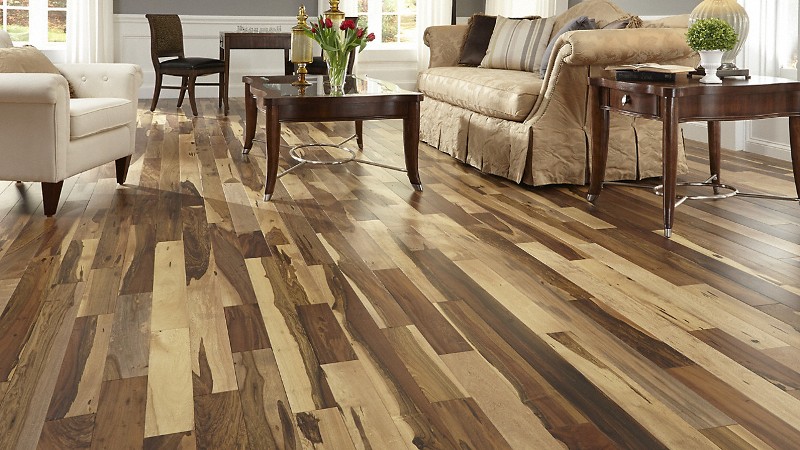
Understanding Hardwood Floor Molding
Understanding hardwood floor molding installation is the first step in having a beautiful home that will not only endure the test of time but increase in value. Hardwood floors are constructed with tree resin and are durable. Resin wood is different from wood in that its primary ingredients are linseed oil and formaldehyde. Linseed oil and formaldehyde are what give this type of flooring its strength and durability. Wood flooring consists of one or more pieces of wood bonded together using veneers or bonding agents to create a strong, smooth surface. Hardwood flooring can be damaged in a number of ways, which necessitates proper installation techniques.
Installation Process

Hardwood flooring that is installed over a concrete slab must be sub-floored to a plywood foundation. Laying carpet or tile over the floor will damage the sub-floor, and the strength of the wood will be reduced significantly. A sub-floor must be flat and solid to support the weight of the hardwood floor. The installation process will begin by removing the existing floor covering and leveling the sub-floor. Once the sub-floor is properly level, the hardwood flooring can be installed.
Most people understand that when installing hardwood floor molding, they will need to use a tack cloth when installing stairs. This helps to ensure that the flooring is level and flat. It is also important to nail down all of the nails and secure them tightly for a smooth and safe surface. When installing stairs, the entire floor may need to be replaced. If the entire flooring is to be replaced, it is recommended that a professional installer comes in and does the job.
After Installation Care and Maintenance
Once the hardwood floor is installed it should be left to dry overnight. This is to allow the wood to be properly set. After the first day, it can be thoroughly cleaned. Any spills or stains on the floor can be cleaned using the right cleaning products from a local home improvement store. To maintain the look and quality of the floor after it has been installed, it is important to use interior and exterior paints regularly. Using the right paint will allow the wood to show the natural color of the wood. Using a paint with a high gloss finish will allow the wood to have a beautiful shine. Using an exterior wood primer will help to seal the paint and protect it from the elements.
Protecting Against Moisture

Moisture is another thing to consider when choosing hardwood flooring. It is important that the flooring is properly sealed so moisture will not enter into the flooring. Using a high-quality, properly installed, moisture barrier will help to keep out any excess moisture. The moisture barrier is a little more difficult to install but it is well worth the extra work. By sealing the flooring it will be protecting the floor for many years to come.
Understanding the installation of hardwood floor molding is very important. By learning about the process homeowners can prevent the common problems that can occur with this type of flooring. By choosing to install a higher grade wood the floor will last longer and continue looking its best. These simple steps will help to ensure that the hardwood floor will be durable and look its best. In understanding the installation process homeowners will learn about the various processes that must be used to install the wood floor.
If the home does not already have a finished basement they should definitely include this in the process. Having a completed basement will make it easier to conceal the molding and keep the floor dry. Installing the wood floor is only part of understanding hardwood flooring. By understanding what type of molding is right for the home the homeowner will ensure that the installation is easy and inexpensive.
By taking the time to learn what is involved in the installation process they will have the knowledge to determine if it is something that needs to be done. With this understanding, they will be able to hire professionals in the future if necessary.




